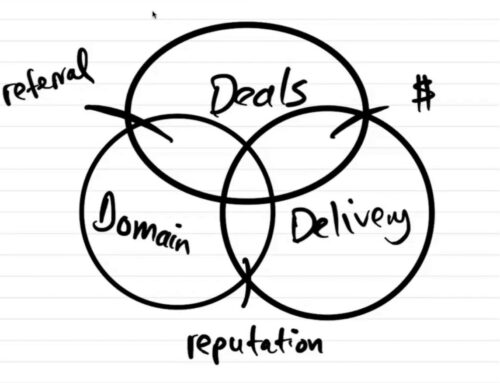How to Provide Solid Tooling as a CTO, with Aaron Contorer
One of the talks Aaron Contorer gave that I’ll never forget is the talk in which he covered two topics: functional programming and how to provide solid tooling as a CTO. Those two topics are our focus for today’s show, and we waste no time jumping into the deep end!
Aaron has a technical background and built his company, FP Complete, around those very same subjects. You’ll hear how and why he started that company and much more when you listen in to today’s episode of CTO Studio.
In this episode you’ll hear:
- When does it make sense to start slow and when should you start quickly?
- Why should CTOs be more optimistic and aggressive?
- How to use bootstrapping to build something big in incremental steps.
- What is the single most useful and most powerful management model?
- What is the biggest problem we are facing in software today?
- And so much more!
More About CTO Studio
When Aaron was at Microsoft and was managing a number of different R&D projects, he was surprised to learn how much of their time they were wasting using old-fashioned tools. He thinks even among the smartest IT people there is a bias to work around something and see that work-around as productive, when in reality is not.
He likens it to building a factory: every day with our work we are building a factory to build the things we really want done. We don’t run the web site by hand, for example, we build a factory that runs the web site. And if we are really good we build the factory that builds factories. And if we are in the tools business we build factories for those tools.
We are trying to get leverage in what we do, but we sometimes forget if we aren’t investing in building a better factory then the products that come out of our factory are not going to systematically improve or get any cheaper or more reliable. We need to invest in better tools and better processes – that is what being a CTO is all about according to Aaron.
An example he gives is a medical device company, one of his clients, that makes a successful medical device. They said they needed a data cloud that is would gather all the data from all their devices in the world and put that data together. This would allow all the users to see what is going on with their health and practitioners to see what is going on with groups of patients.
So they built a V1 product to get something out, it was thrown together quickly. They thought maybe 10,000 people would use the app. It turns out the device was really good and people really liked the app, and a million people wanted to use the app. The problem became not just that the app was never designed for that amount of users, but neither was the data storage nor any of the infrastructure. The engineering systems themselves were never built to support that number of customers.
Next I asked Aaron to weigh in on whether it is true that devops is what happens when the engineering culture doesn’t take care of or consider the infrastructure.
To him, devops looks like this: you’ve got dev and you’ve got ops. In between the two is the middle ground called deployment where you are done building something but it’s not yet running on a production cloud or something similar. In general when talking about devops he considers it the family of technologies and design approaches that are all one big factory.
He gives the story of the Airbus A400M which fell from the sky in 2015 while they were doing a test flight. On that test flight they had designed their software in a tiny little computer inside every engine to control the fuel flow. The software must have passed its test because it was used in the build.
So they took it for a test run one morning with the new software added to the engines. The plane took off fine, but when the pilot adjusted the throttles downward all the engines went into idle except the one without the new software. So three engines turned into idle, and no matter what the pilot did with the controls he couldn’t get any more fuel into those other engines. As a result, the plane couldn’t maintain air speed and it fell from the sky, and everyone aboard died.
It turns out the software was fine, the problem was in the deployment. The person who did the update of the software into the engines did so using a non-automated system, and he missed a step. There was a file that didn’t get copied onto the engines, and it was the data file that said how much fuel to put into the engines. As a result, the engines couldn’t operate and there wasn’t a thorough enough system test to discover the error beforehand.
It’s a tragic story highlighting the importance of every aspect of development, deployment and operations.
We continue with that discussion before seguing into functional programming, why his company provides commercial Haskell tooling and work, what it’s been like being a CEO at FP Complete. You’ll hear from Aaron and I on those topics and more on today’s CTO Studio.
Share This Story, Choose Your Platform!
Related Podcasts




